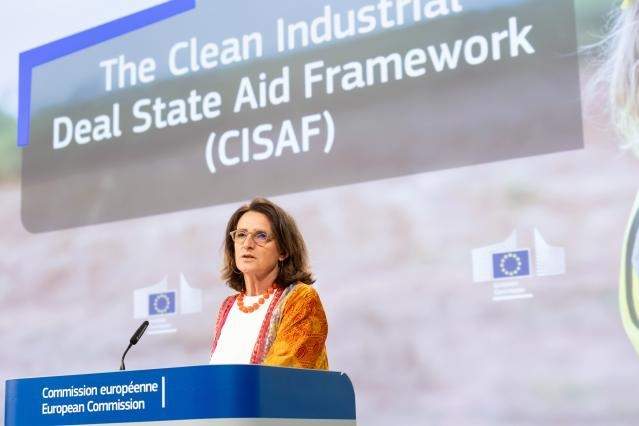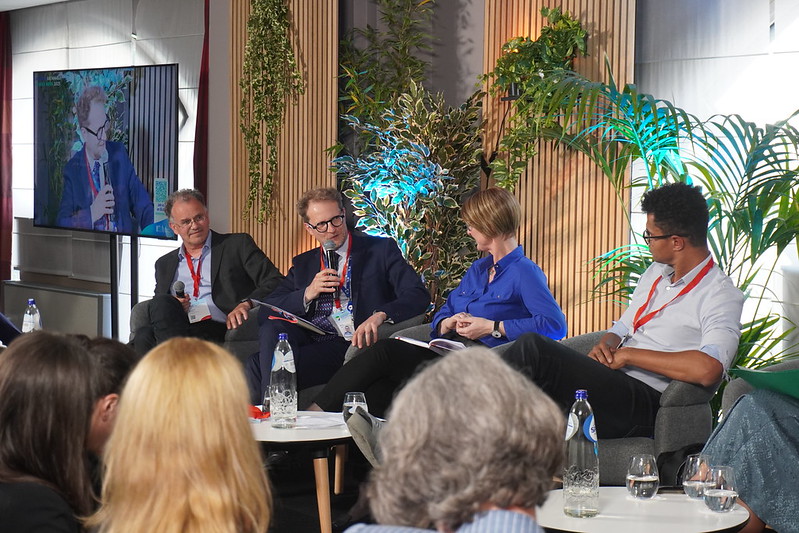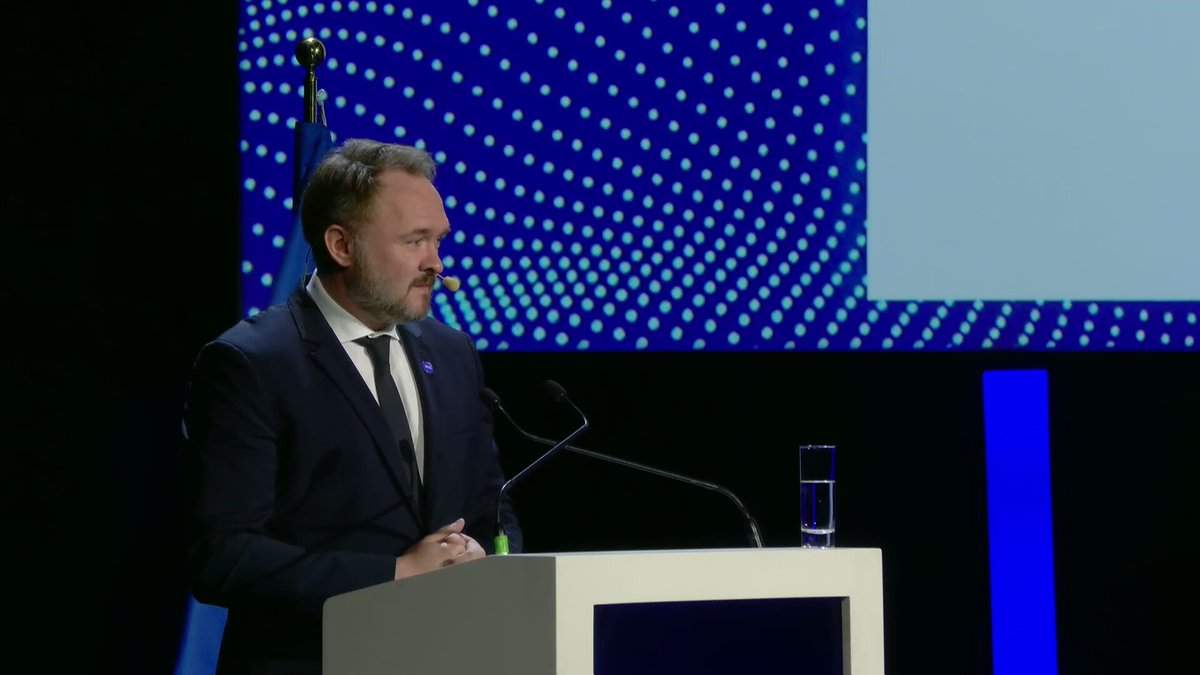To the kind attention of the Slovenian EU Presidency and rapporteurs from the European Parliament on the Fit for 55 package,
As a group of European associations committed towards the decarbonisation of Europe’s energy system, we welcome the “Fit for 55” package proposed by the European Commission. With the present letter, we would like to outline key recommendations to improve the legislative proposals you will debate in the coming months to ensure the EU Green Deal objectives are achieved in the most cost-effective way thanks to the active participation of all energy end-users.
The “Fit for 55” package builds on the solid market design rules set by the Electricity Directive and Regulation, which we firmly encourage Member States to rapidly implement to eliminate barriers to demand-side flexibility (DSF) business models and ensure the non-discriminatory participation of demand-side resources in all electricity markets and mechanisms.
The new provisions you are going to negotiate in the coming months should complement those rules to set requirements and incentives for the flexible participation of buildings, industries, heating systems and vehicles in the electricity system, with a view to increase energy system efficiency and resiliency.
This is falling short in some legislative proposals of the package, in particular in the revision of the Renewable Energy Directive, the Energy Efficiency Directive and the Alternative Fuel Infrastructure Regulation, and we recommend to:
- – Equally promote the flexible consumption and storage of efficient and renewable electricity and heat both produced on-site and from the grid in all end-use sectors, including buildings and industry. This would ensure that all end-use sectors would actively support the overall system efficiency, in line with the Energy System Integration Strategy. While the Commission’s proposals on road transport take this into account, this is falling short for buildings and industry. To support this objective, the deployment of Energy Management Systems interoperable with the grid should be made accessible for both industries and buildings to integrate them with the energy system and react to external signals.
- – Equally consider the dynamic savings achieved from a flexible, time-dependent use of energy along the on-site energy efficiency improvements, as also pointed out by the European Commission in the recently released recommendations on the application of the Energy Efficiency First principle.1 This would increase system efficiency and reliability while helping to penetrate more variable renewables in end-use sectors. In particular, two provisions in the Energy Efficiency Directive should be improved: 1) in the Energy Savings Obligation Schemes, the procurement of flexibility services by System Operators should be accounted as an efficiency improvement that avoids stranded assets; 2) DSF should also be identified as an intrinsic part of the assessment of all relevant network planning and investment decisions and be explicitly valorised as a viable alternative in the cost-benefit analysis and progress report on energy efficiency improvements in grid operation to be defined by National Regulatory Authorities (NRA).
- – Ensure smart charging for electric vehicles is deployed at least in all normal power charging points, including in buildings, where bidirectional chargers should be specifically required in case of on-site renewable generation.
We urge EU institutions to ensure consistency throughout the negotiations between the different legislative proposals, the forthcoming revision of the Energy Performance of Buildings Directive and the Climate, Energy and Environmental Aid Guidelines. We count on the European Parliament and Council of the EU to embrace the abovementioned recommendations during the negotiation phase and make the ‘Fit for 55’ package truly ‘fit’ for the challenges ahead.
Photo by Shane Rounce on Unsplash






